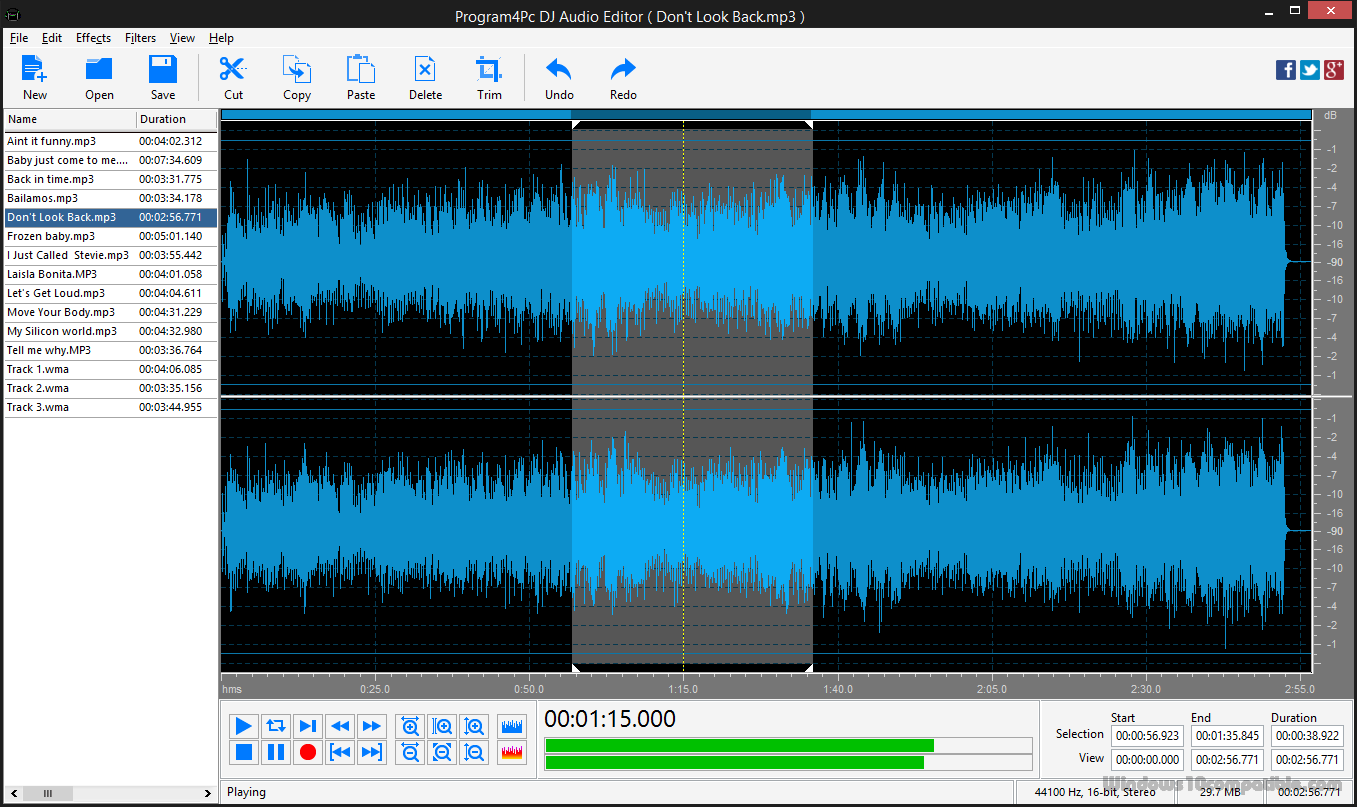

So you will either want to place it at your top string or bottom string, whichever one isn't being used at the moment. Keep in mind that the triangle marker actually resides in the tab, and cannot exist where you need a note/fret number to reside. It will put a triangle in your tab as a marker, and will display that chord name where you told it to. Once you have these defined in the Text Manager, just highlight which chord name you want to insert, go into your tab and click where you want it to be, and choose Insert. You can choose whether to display the text above the tab, below the tab, etc. It will show you the list of text you have created. Create a new one for each chord name you need (i.e. Then play along!Īs for notating the chord names in tablature, use the Text Manager in the Edit menu. But when I want to play along with the tune and use it as a backing track, I just turn off the melody instruments so I only hear the guitar and bass and whatever else I want as a supporting instrument. I often will tweak the melody lines after listening to it repeatedly. Using the playback feature helps me get the melody part just like I want it. I always get my guitar and bass parts in first, then go and add the melody instruments. Once I get a measure tabbed out for a particular chord, I can copy/paste it everywhere I want that chord. I just put in the bouncy rhythm, using brush strokes on the upbeats (highlight the chord notes and hit "B" to make it a brush stroke).
#TABLEDIT CAPTURE AUDIO HOW TO#
Guitar chords are easy to add if you know how to play the guitar. I just add new modules as needed, change the instrument sound and tuning, then add each part. I will usually do a 5- or 6-part tune including mandolin/fiddle, banjo, guitar, bass, and often mandola as well.


Sherry, I use TablEdit for backup tracks all the time. don't know how, yet.Įdited by - F Elisha Eastes Jr on 04:58:47 Maybe you mean chord diagrams above the tab.? I'm pretty sure all that's there. Oops, I may have misunderstood your question. A "poor man's" backing track I suppose? You could also apply the guitar sound to the playback.
#TABLEDIT CAPTURE AUDIO FULL#
It would not emulate a guitar but it would give full chords over a measured duration and meter. Sherry, the few times I played around with the program to seemed to me that the way to accomplish what you're wanting is to stack the notes in TablEdit so they strike all at once, and then make them whole, or half notes. Bit it's gonna be what I use for the next few years.

It'll take me some time to sift through years of work and move everything over to it. It's kind of getting me excited about buying TablEdit. Files can be saved in TablEdit format or exported to ASCII, HTML, RTF, ABC, MusicXML, MIDI, Lilypond or WAV formats.Wow, yes, I see I could sink my teeth into this topic. TablEdit can open/import ASCII, MIDI, ABC, MusicXML, Bucket O' Tab, Guitar Pro, PowerTab, TabRite and MusicXML files. Through ongoing consultation with experts on other instruments, TablEdit has developed support for harmonica, mountain dulcimer, diatonic and chromatic accordion, drums, violin, tin whistle, recorder, xaphoon, native American flute, autoharp, pedal steel guitar, and banjo (even taking into consideration the special aspect of the fifth string). Additionally, TablEdit, while designed for guitarists, by guitarists, is not limited to guitar like other Tablature programs. TablEdit is a program for creating, editing, printing and listening to tablature and sheet music (standard notation) for guitar and other fretted, stringed instruments, including mandolin and bass. TablEdit can open/import ASCII, MIDI, ABC, MusicXML, Guitar Pro, PowerTab, TabRite and MusicXML files.Files can be saved in TablEdit format or exported to ASCII, HTML, RTF, ABC, MusicXML, MIDI, Lilypond or WAV formats. TablEdit is a program for creating, editing, printing and listening to tablature and sheet music (standard notation) for guitar, bass, Mandolin and other fretted, stringed instruments.


 0 kommentar(er)
0 kommentar(er)
